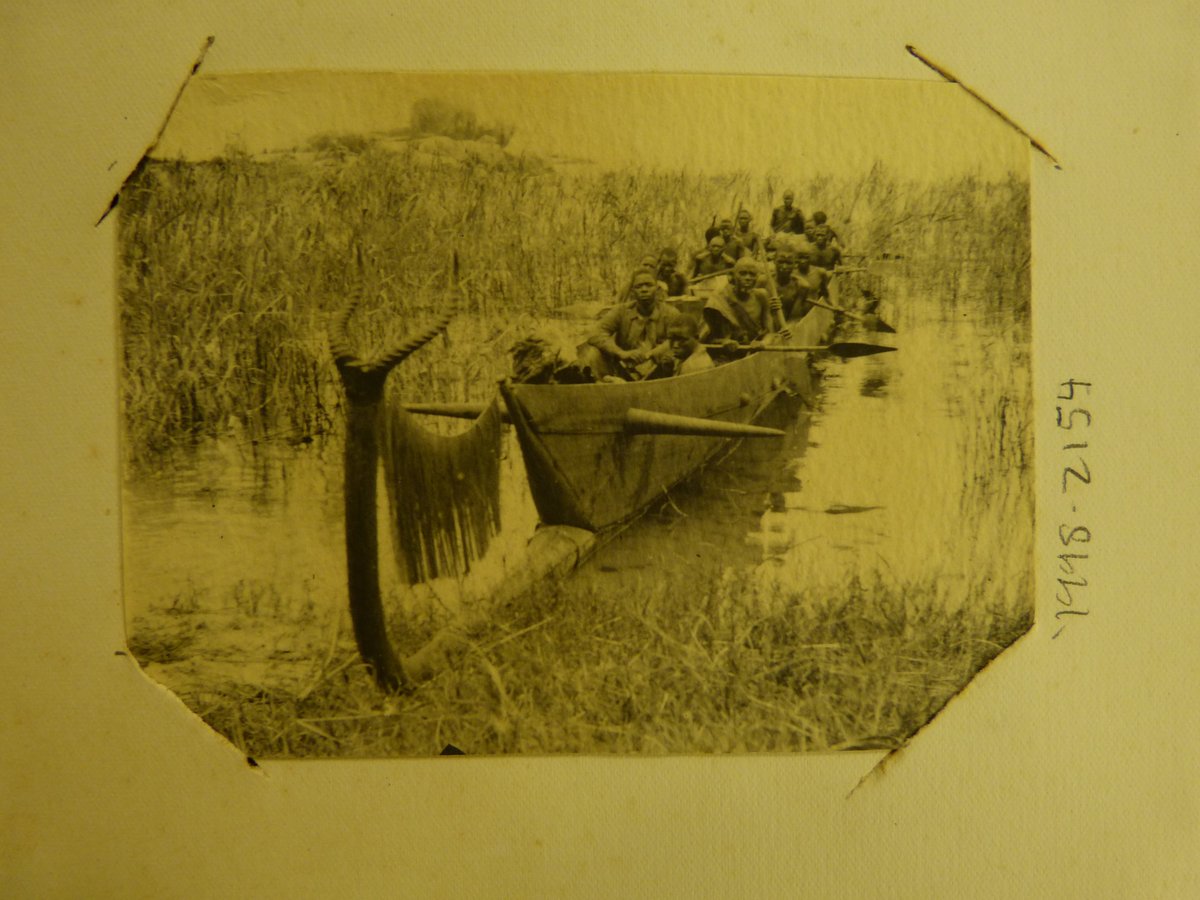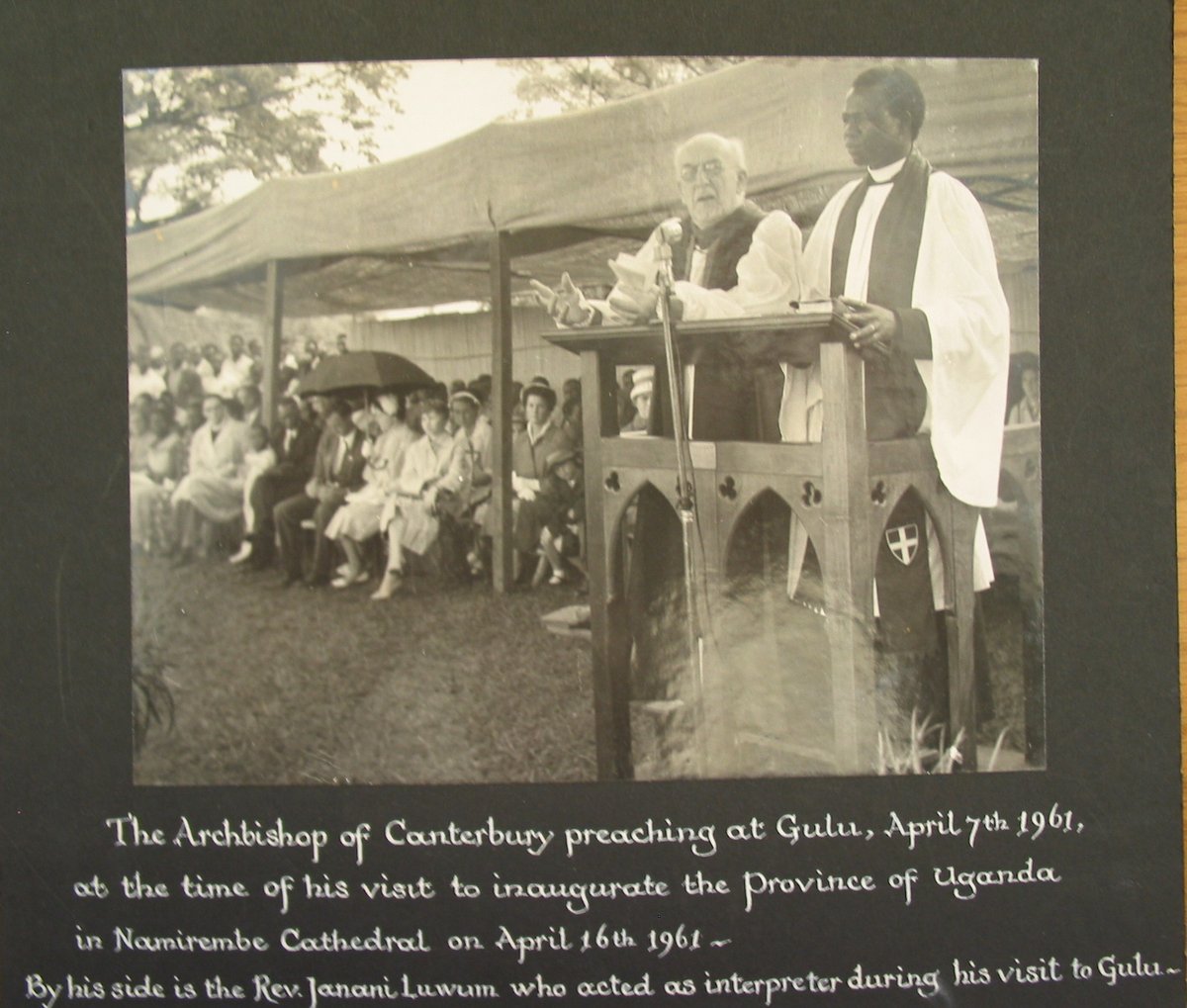
More on canoes. Hamu Mukasa had a life-long interest in boats. He maintained numerous photographs of them in his private library. Here, we see a few beautiful images from his collection, likely taken between the First & Second World Wars (I think the late 1920s?). 

We can see how the government sought to regulate, trace, and tax boat production through the creation of boating licences (notice the numbers on the sides of the boats). 

• • •
Missing some Tweet in this thread? You can try to
force a refresh














